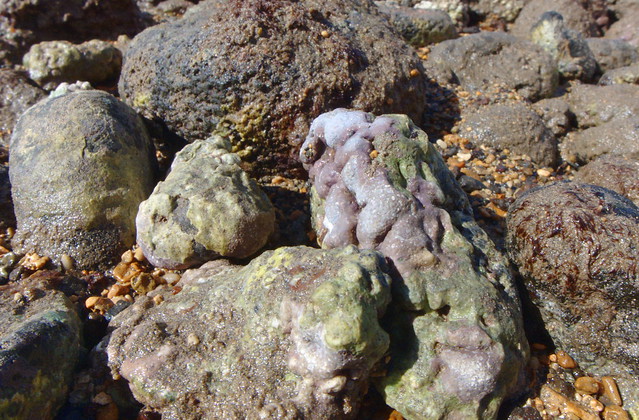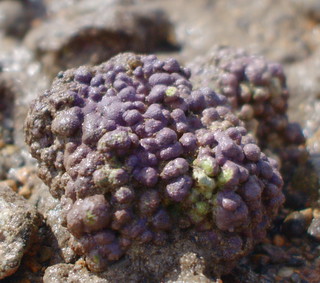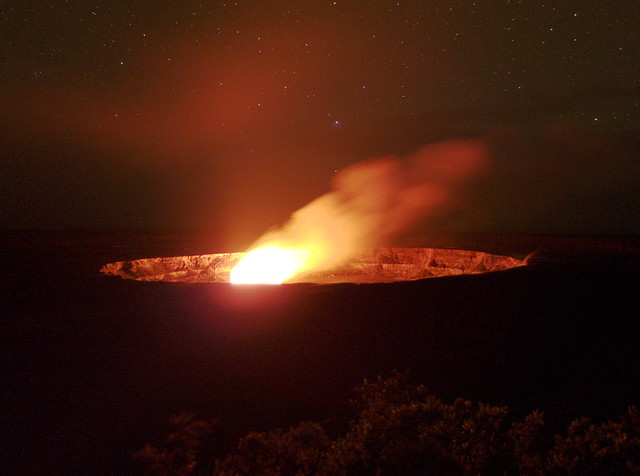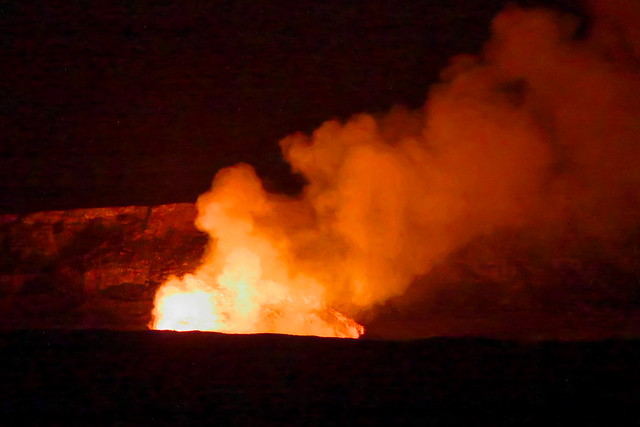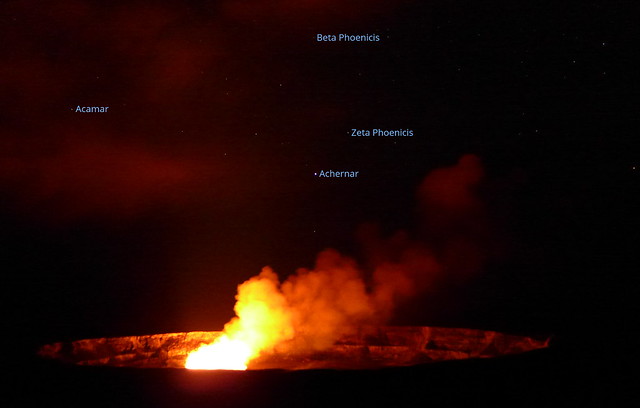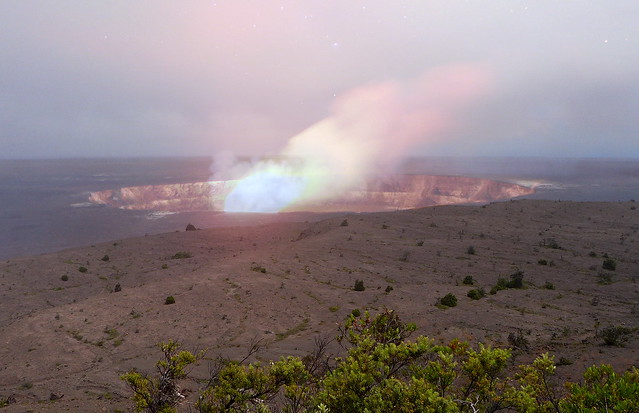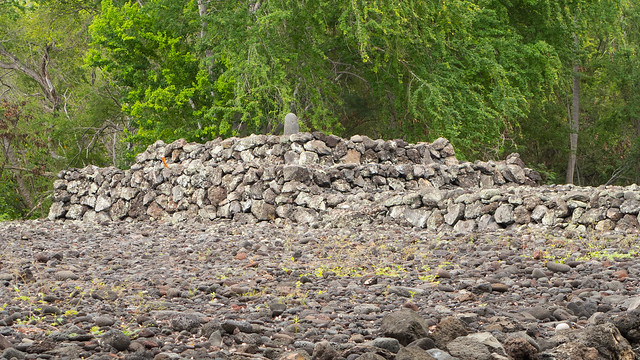quoted in Walking Away From Faith by Ruth Tucker

When you have spent your entire life as one of a chosen few recipients of “living faith” in “God’s Kingdom,” the only place on earth where salvation is to be found, your religion is no casual matter. As you progressed through childhood and the milestone of Confirmation Camp, and continued along the church’s clearly marked path of courtship, marriage, and children (lots of them), its importance rose onto a central pedestal from which it looks out over the whole of your thinking.
The foundation stones of that altar are from your childhood indoctrination: teachings about Jesus riding into Jerusalem and then writhing on the cross, eternal life versus damnation, and sin, sin, sin, in all its abundant variety. Its upper layers are built from the same sort of material, too, repeated in weekly sermons and visits with believing friends.
But there are additional reinforcements to keep faith sitting firmly in its venerated place. Your social structure has been defined, and limited, for you: cousins, respected elders, and childhood friends, all from church. It’s very difficult to do anything that would jeopardize that, and rejecting the faith you all share certainly will. Then there is the lurking realization that you’ve made irrevocable decisions about the people populating your life and your home, about all the things you’ve let yourself miss out on.1 That gives the faith idol an invisible mental prop that’s often just as strong as the more tangible social one.

Cognitive dissonance flares up at the thought that it might all have been for naught. Your mind desperately seeks to protect the integrity of the person you once were, the one who spent her days walking by an endless row of doors to “the world’s pleasures” that you had obediently locked. The self-limitations were imposed on you by others who claimed to speak on behalf of your conscience. It’s a cunning trick of the religious meme, especially when those pulling it off don’t even understand that they are being played, too.
Can you stand the thought of the roads not taken, the first and most formative third or half of your life put aside for eternal promises now grown stale? It’s a very tough thing to do. But when you feel you have no choice, when the mental anguish of staying finally outweighs that of leaving, then you will do it. I finally did, too.

It was a slow process for me, though. With the altar of my own childhood faith looming over my every thought and action, I could not simply turn my attention away when I encountered difficulties with it.2 To my continual surprise, there are some people who can simply say, “That’s just a pile of rocks,” turn away, and find a new place for themselves. I was not one of them. Instead, I wound up devoting a year of my life to researching and writing a 700-page book about my troublesome faith, An Examination of the Pearl.
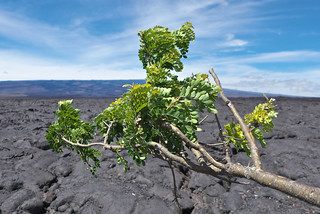
Now, a year and a half later in the midst of a wonderful summer full of travel and natural beauty, the whole thing seems small and petty. There have been a few pangs of longing–for the people and the spectacle–when the church’s summer services were held just a dozen miles away this year. But the closest I got to the place was sitting on the grass of the high school grounds watching fireworks, and riding with a Finnish friend as he picked up his daughter from an after-hours youth gathering there.
Some of the sermons made their way into my iPod for bedtime. (I’ve found no better sleep aid.) 3 As I dozed off, after a full day of walking around San Francisco or taking in Hawaiian scenery, I wondered how any of the people sitting in that gymnasium listening to these guys could take them seriously. It was easy to forget how seriously I myself had taken it, for most of my life.
When the preachers drone on about this imagined ailment of sin and their proprietary cure-all, it now sounds like some contrived fantasy story:
God created a first human couple in a garden where there lived an angel who had rebelled against him (and lost), then took on reptilian form, and now invisibly stalks the earth, utterly corrupting human society and producing some damn fine movies and music in the process. The reptile gave our first ancestors a sales pitch about a bit of magic produce that would give them knowledge of good and evil, which God opposed for some reason. They ate, which made God condemn everybody who would be born thereafter to an unrelenting eternity of horrific agony unless they develop the exactly correct beliefs about a part of himself that he would send to earth as a sacrifice, to himself.
Despite being almighty and loving, God is either unwilling or unable to exempt from his torture chamber anyone other than the tiny fraction of humanity who will hear a specific ritual incantation referring to this blood sacrifice, from one precise kind of believer, only a few tens of thousands of whom can be found anywhere on earth. And, truth be told, a lot of them don’t really believe much of the story, either.
If this is what you profess to believe, and reading my summary makes you uncomfortable or upset, consider whether there is anything actually incorrect about what I wrote. Isn’t it just my irreverent clarity of expression that actually offends you? Pious language covereth a multitude of nonsense.
A native Hawaiian (“as far as I know, my family has been here since there was a Hawaii”) with whom I spent a few hours in and out of the water told me, in language I quote without censorship due to its forceful bluntness, “I couldn’t believe I was expected to believe this bullshit.” He didn’t know the half of it. He was just talking about the problems with Christianity in general.

Laestadianism adds its own deep, aromatic layer to the pile. There aren’t any Laestadians living in Hawaii, though there are plenty of churches. We drove by many of those churches there, including some that consider themselves the only true believers. The nerve of them!
There are other leaves on the branches. Acknowledging that is one of the first departures Laestadians are willing to make from what their preachers insist upon. For many, doing that is enough. They remain Laestadians, less judgmental ones, perhaps sneaking in some movies on Netflix and encountering infertility at unexpectedly young ages.4 Or they leave the church and fall back on a more inclusive, hands-off Christianity.
It’s all good; I’m happy for them either way, or no way. But, for myself, I have seen that there are also other branches on the tree, and in fact a whole lot more than just this lousy little tree to look at in this amazing landscape of life.
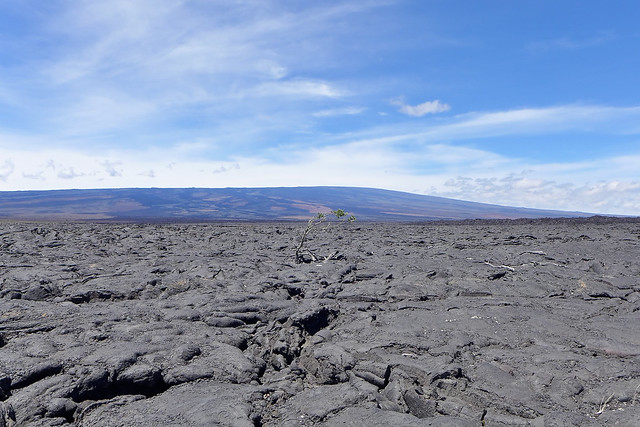
Notes
-
For me, the part about people populating my life mostly involves the ongoing challenge of raising children who inherited my stubborn independence and disinterest in many practical matters. But I mostly agree with the devout parents of huge church families in posing the classic emotion-driven question, “Which one would you have me give back?” That’s not to say I don’t have one candidate or another (from the eleven of them) in mind on difficult days! I’ve been fortunate in so many ways: in love with my bright and beautiful wife, a varied and memorable career, and healthy (though often challenging) children. After hearing all too many heart-rending stories, I know that things can be quite different for others. ↩
-
As I’ve written elsewhere, the trouble started with my realization that evolution is real and Adam and Eve were not. Then it progressed to the history and doctrines of the church and the Bible itself. ↩
-
Update, September 2014: Kicked the sermon-to-sleep habit, I’m happy to report. It feels good not knowing what the preachers are saying nowadays. The fascination continues to fade, and it just seems like a crazy dream at this point. Life is good. ↩
-
Those odd fertility problems are becoming epidemic in southern Finland. Must be the water. ↩

